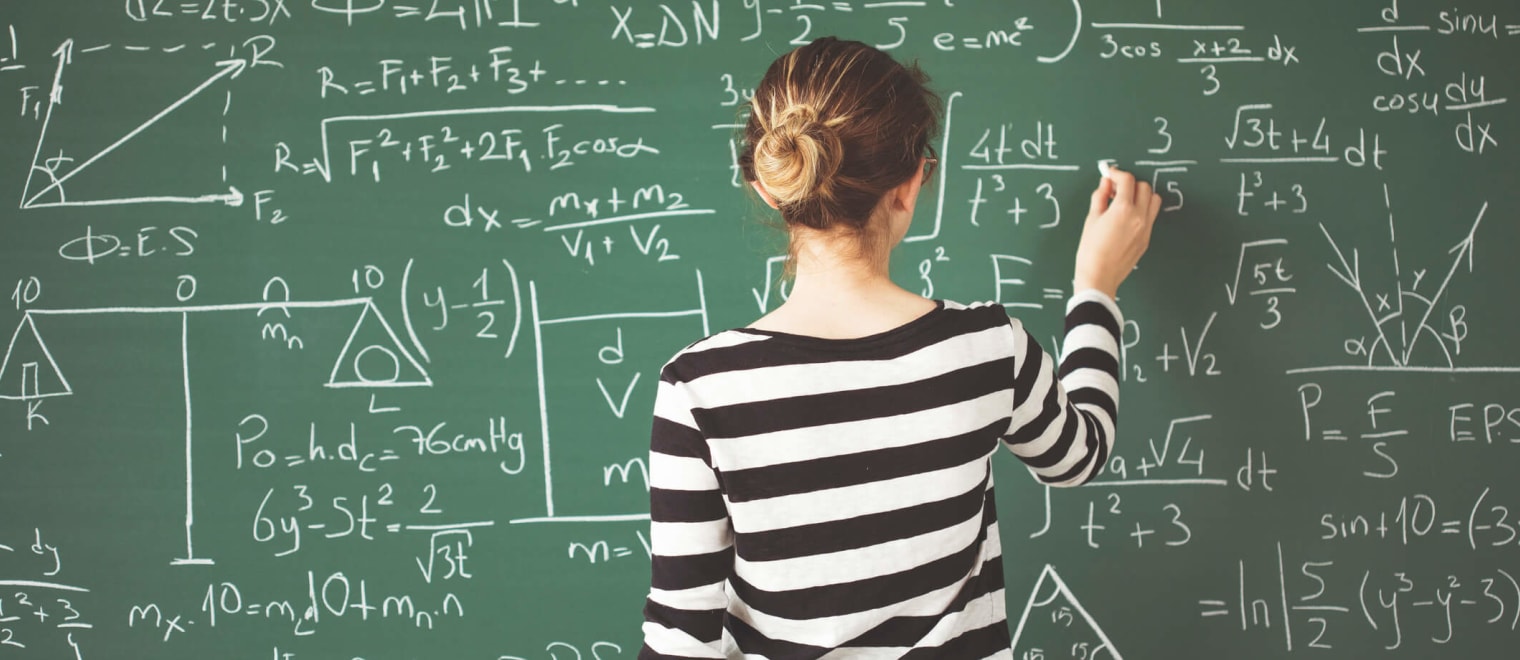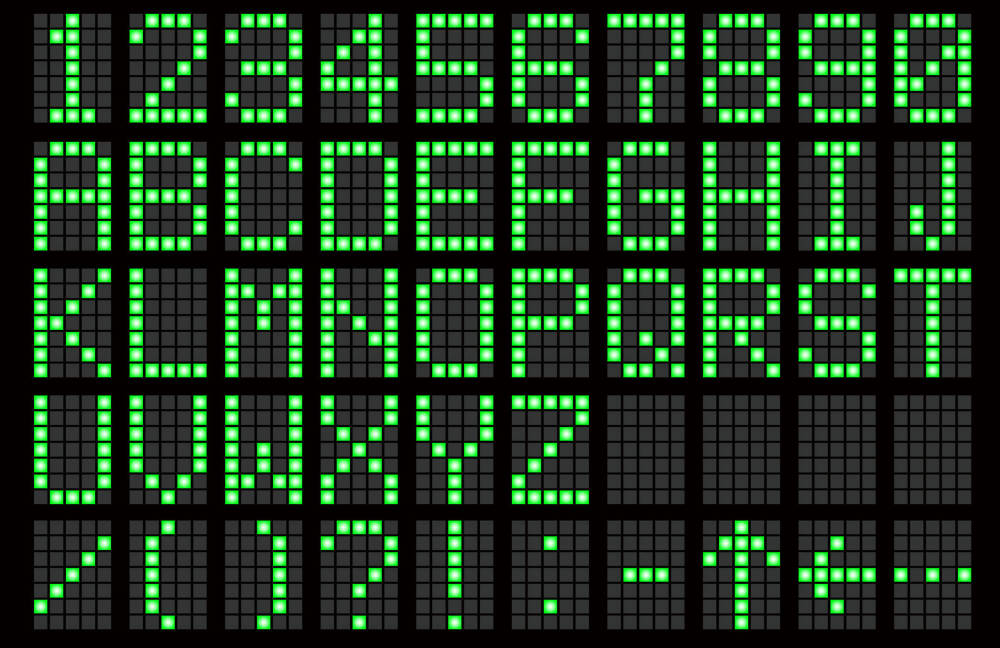This informal CPD article, ‘Mathematical Language’, was provided by Karen McGuigan, Education Consultant at Maths For Life, who provide a differentiated approach to the maths curriculum that lays down solid foundations, is framed in practical understanding, and delivers the essential maths needed for life.
‘How many blue triangles?’ seems such a simple question. However, to be able to answer it you need to understand what ‘how many’ means, realise that ‘blue’ is a colour and distinguish it from other colours and identify ‘triangle’ as a shape that has three sides and recognise it amongst other shapes. Suddenly the simple question doesn’t seem so simple.
When you say ‘maths’ most people immediately think of numbers. This is quickly followed by that anxious feeling when their brain makes the connection to times tables. But maths is more than numbers and indeed begins long before numbers with underpinning mathematical language.
Maths begins with the development of prenumber skills, which are defined as:
- Making simple comparison
- Identifying same and different
- Matching
- Simple classification
These skills are largely developed through play in the early years and form a part of the Early Years Foundation Stage curriculum delivered at preschool and during the reception year at school. They are assumed to be secure when starting KS1 maths curriculum in year 1. However, the reality is that in many cases this is not the case, and it is necessary to continue to explore and reinforce further as the child gains in life experience.
Mathematical language underpins the understanding of number and number formation: How can we form a ‘5’ with a ‘hat, neck and a big round belly’ if we have no idea what ‘round’ means? How can we draw a ‘7’ as two ‘straight’ lines if no one has ever defined what ‘straight’ means? How can we see that ‘9’ is an upside down ‘6’ if we can’t visualise what ‘upside down’ means?
By ensuring that mathematical language is modelled daily in everyday life, children can visualise, understand, and apply that language to their learning at school.
“Which one is different? That one. Why? Because it’s upside down. Now can you see that a ‘9’ is an upside down ‘6’?”
“Which one is different? That one. Why? Because it is the wrong way around.”
If you visually model the concept of ‘wrong way around’ in enables you to explain to a student how has drawn a mirror image of the numeral ‘5’ that it is the ‘wrong way around’ and they understand what you mean.
We are too quick to move on from prenumber skills. We tick the box on ‘secured’ when a child can do the obvious ‘the same’ and ‘different’ question. However, it is working through the subtle and classification type questions that really cement the language and connections for the future. It is never about the right answer. It is about being able to articulate the why and having the language to support the rational thought process.













